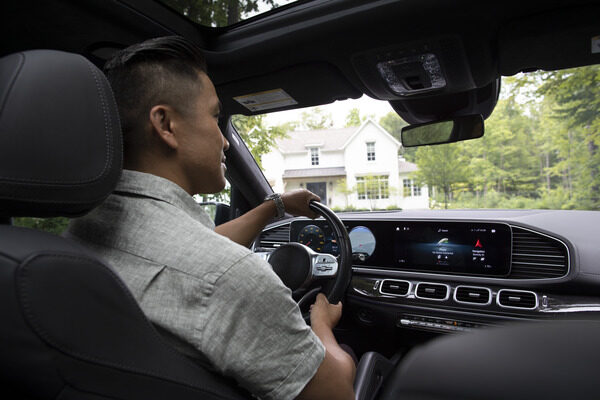
Drowsy driving is a risky—and possibly fatal—behavior. Find out how to stay sharp behind the wheel
So you think driving while drowsy is “no big deal?” Think again.
While it doesn’t claim the same degree of notoriety as driving under the influence or driving and texting, this behavior is still very dangerous. Drowsy driving causes more than 100,000 crashes a year, resulting in 1,550 deaths and 40,000 injuries, according to the National Highway Traffic Safety Administration (NHTSA). Nearly three of ten adults say they drive while drowsy at least once per month, according to a survey from the National Sleep Foundation.
Hopefully, such numbers will serve as a literal wake-up call. To ensure that you stay alert while on the road, consider these suggestions from experts:
How to stay awake when driving
Focus on peak energy periods.
There are actually predictable times of day when your energy level rises and falls. You’re at your mental peak at 9 a.m. and 9 p.m., and your physical best at 11 a.m. and 7 p.m., says Robert Prim, director of safety standards at Ryder System Inc., the transportation and supply chain management company. You’ll hit your lowest energy points from 2 a.m. to 6 a.m., and from 2 p.m. to 5 p.m. “It is a proven fact that fatigue-related collisions tend to occur during these low-energy periods,” Prim says. “This is the danger zone.”
Get a “power nap” boost.
A 15-minute nap can translate to two hours’ worth of driving readiness. “A power nap is a great tool that many people just don’t take advantage of,” Prim says. “While longer naps are just as effective in reducing fatigue, they also require more time before you return to a state of alertness. A power nap is an effective and efficient way to obtain needed rest without a major delay to your schedule.”
Fuel up.
Good nutrition always enhances the good effects of proper rest. So always stay hydrated, and eat frequent “little snacks” of fruits, veggies and protein-packed items, keeping the portions small. Stay away from starchy meals and snacks, as they have an opposite, energy-depleting impact. Instead, eat fruits, veggies and protein-loaded items in small portions. “You want to gravitate toward bananas, apples, raw nuts, healthy protein bars and hard-boiled eggs,” says nutritionist Sally Kravich, author of Vibrant Living. “Green tea and teas with licorice root and eleuthero are also good. Avoid sugar in coffee because it will reduce your blood sugar, which can make you drowsy. The evening before a long drive, take some calcium and then get a good night’s sleep so you can wake refreshed.”
Get a “buddy.”
If you’re going on a long trip, “tag-teaming” the driving responsibilities can greatly reduce drowsiness. So if you can, come up with a buddy system to “share the road” and rest in shifts.
Safe driving pays off. Sign up for Nationwide’s Vanishing Deductible® and you could earn $100 of your deductible for every year of safe driving.



